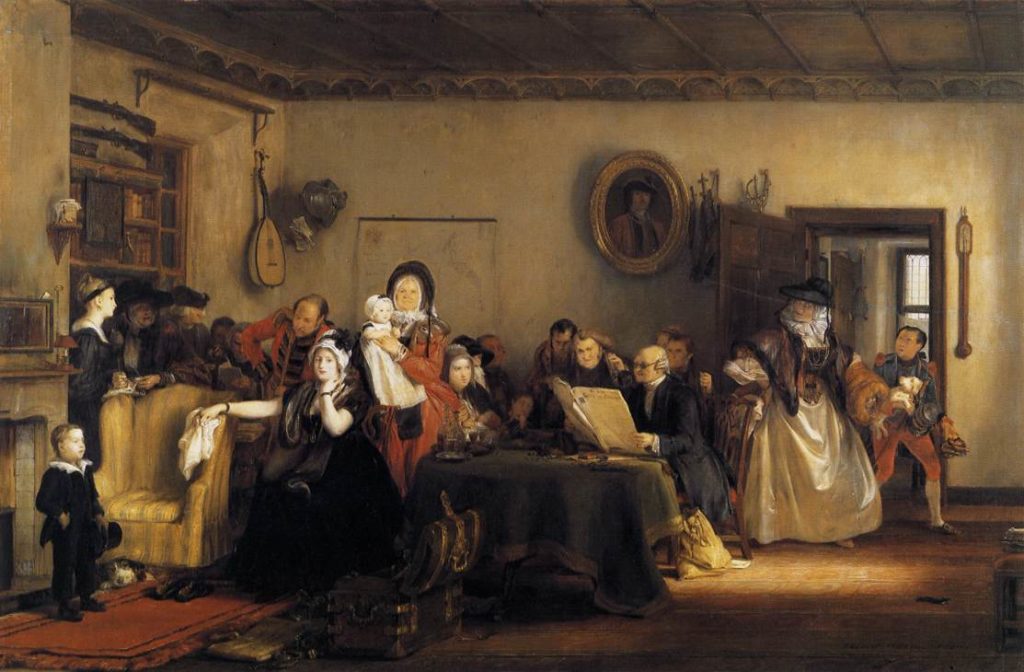
At Bloomberg, Tyler Cowen has a short post on some unintended consequences of a wealth tax. It’s an idea being talked about in the Democratic candidate debates. In the US we do have a few wealth taxes already: local property taxes, and, for the very, very wealthy, estate taxes. But a stand-alone wealth tax would be something new.
Cowen has an unusual take.
When the estate tax comes up for debate, whether to increase its rate and lower its threshold, or, on the other side, to eliminate it entirely, one of the issues that comes up is the likely effect on charitable donations. Since donations are fully deductible from the tax base, the consensus (and empirical evidence) is that increasing the tax rate, or having it apply to more people, would increase the amount people bequeath to charities instead of their families. Art museums, for example, get a bit nervous when anyone starts to advocate for the elimination of the estate tax. Cowen does not disagree with this, so far. What’s unusual in this article is that he posits that the increase in charitable donations that would likely follow from a wealth tax (that held donations to be tax deductible) would be harmful to nonprofits. How?
Many nonprofits are inefficient, have poorly defined goals and lack accountability. In this new world, they also would be spending more time and money chasing after donor dollars.
Well … this seems to need a bit of fleshing out. No one denies that there are nonprofits that are poorly run. But it has often been pointed out that one of the beauties of the US system of extensive use of the nonprofit sector is that donors serve as an oversight mechanism, rewarding the well-run, on-mission organizations at the expense of the others. One economist even referred to the US system of subsidizing arts nonprofits through giving donors a tax incentive as the “genius of the American system.”
He continues:
Wealthy donors might be more likely to pressure nonprofits for luxury consumption experiences, for example. Many nonprofits sponsor cruises to Alaska or the Caribbean for their donors, as a method of fundraising and also for building good will and networking. There’s nothing inherently wrong with that. But the pressures would rise for those cruise experiences to be much more luxurious — think freshly caught sushi, Rolling Stones concerts and private butlers.
It’s plausible I suppose – more rents in the system induce more expenditures on rent seeking. But we seem to be in the realm of second-order problems here. Turning to the art market in particular:
Or imagine how art markets might be affected by a wealth tax. Rather than keeping their art collections private, many more billionaires would donate that art to museums and other nonprofits. This appears to be a good outcome. But it would exacerbate one of the art world’s worst problems, which is inflated appraisals for tax purposes. At any rate, America’s museums do not have the space or resources to display and look after all of these paintings and sculptures; it is already common for a museum to display no more than 5% or 10% of its collection.
Essentially, a lot of art would be removed from circulation, stored in warehouses largely for tax reasons. Along the way, Christie’s and Sotheby’s might go bankrupt, as well as many art galleries, as the demand to buy art would plummet. You may think that the demise of a few galleries and auction houses is a small price to pay to reduce wealth inequality. But consider that artists, too, need to make a living.
Again, the big effect – more art would be donated to museums, for all to enjoy – is put aside for the second-order side consequences. Inflated appraisals for tax purposes? But that can be dealt with through an appropriate evaluation mechanism that need not falter simply because there are more evaluations to do. Not enough museum space? Is that really going to be a reason to oppose policies that encourage donations? First of all, more space can be converted to use, and it could bring to view newly available works, relegating others, temporarily, to storage.
And the demand to buy art would plummet how exactly? I don’t get the mechanism whereby under current rules, I would be willing to pay $500,000 for a particular work, tax law changes such that I have added incentive to donate work at some future point, and so my reservation price for the painting falls? I think Christie’s, Sotheby’s, and struggling artists can rest easy.
Now all of the article puts aside the fact that the public sector would have more resources to do things. And yes, it’s not perfectly efficient either. But it is really the whole point of the proposed tax.
I like reading Tyler Cowen – he puts interesting ideas into circulation, takes a global multi-faceted view of the economy, society and culture, and doesn’t shy from being contrary to the crowd. But this article is pretty thin, lacking all sense of relative proportion.

Note that the “one economist” you cite is the same Tyler Cowan. Maybe you should have said “Elsewhere, Cowan argues…”